Renoir and Cezanne in Milan
If there are two painters that I would not hang together in my home, they are Pierre Renoir and Paul Cezanne. This contrast is exactly what we find in a Milan exhibition.
The sample on display at the Palazzo Reale in Milan comes from two Parisian museums: L’Orangerie and Orsay.
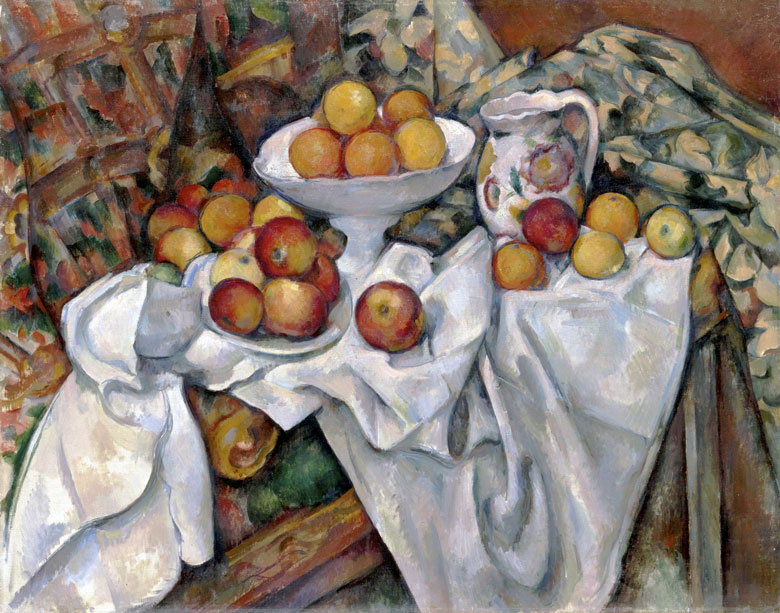
Both painters are opposites, antagonists and equidistant. Although they coincided in time and place, they are yin and yang, nothing to do with each other. They lived in Paris at the time of greatest artistic effervescence, the end of the 19th century and the beginning of the 20th.
Renoir was only two years younger than Cezanne. Not only are his painting styles totally different, but also their vision of the world and what they want to convey with his art.
Renoir has loose, agile brushstrokes and an impeccable impressionist technique. He paints everything pleasant, warm and friendly: women, children, parties, dances… On the other hand, Cezanne is a serious scholar who investigates the rupture of colours in an austere world. He paints the same mountain over and over again, brainy card players, still lives… his palette is dark, dry, while Renoir‘s is juicy and effervescent.
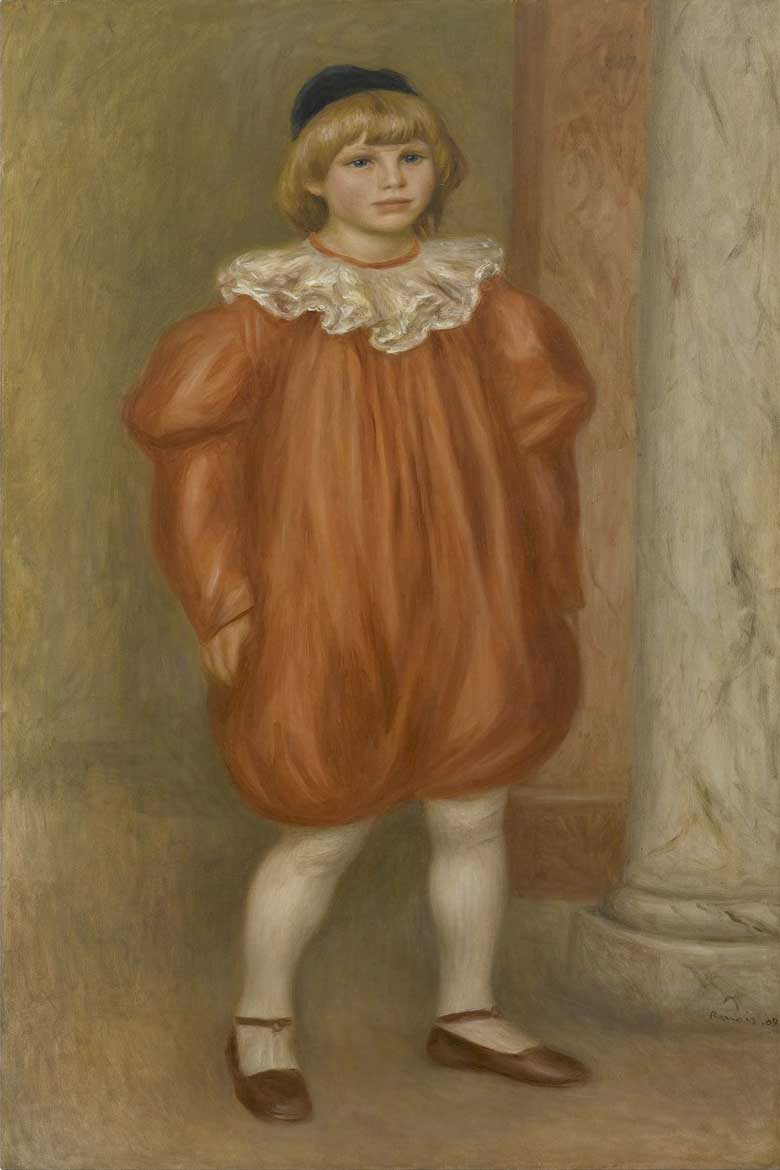
If I had to define them with a single phrase, I would say that Renoir paints with his heart and Cezanne with his brain.
It is true that Cezanne opened the doors to abstraction, an immense future for the world of art. Paul was the prelude to Cubism and his fragmented coloured canvases were the prologue to key works such as “Les Mademoiselles d’Avignon” by Picasso and the synthetic Cubism-style still lives of Georges Braque and Juan Gris. Cezanne was a pioneer in dispensing with reality to immerse himself in abstraction. His influence was immense on generations of later artists.
In that sense, I value his research that contributed great innovations and transformations in art. But, personally, I’ll stick with Renoir. Pierre is the painter of optimism and happiness. His paintings convey peace and the joy of living. With his brushes he captured, with infinite delicacy, the moments of greatest happiness of adults and children. He portrayed ladies, captured childhood with tenderness, young girls playing the piano, scenes of dances at private parties and outdoor parks and sensual nudes. It is clear that he loved music, dancing and parties. Something that never occurred to Cezanne to paint.
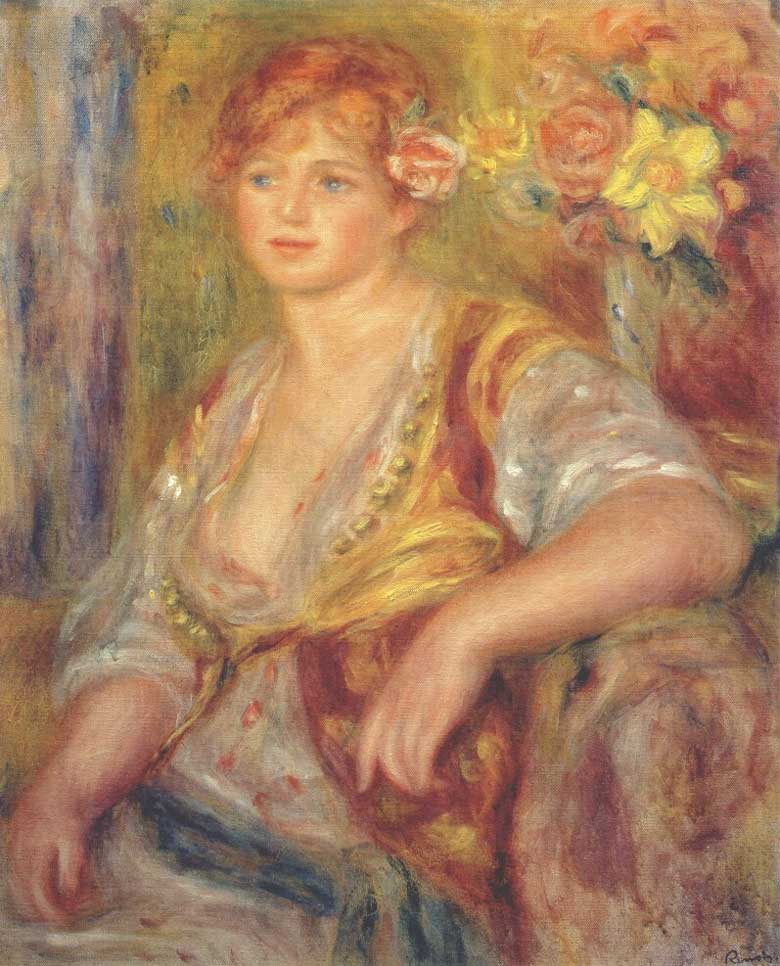
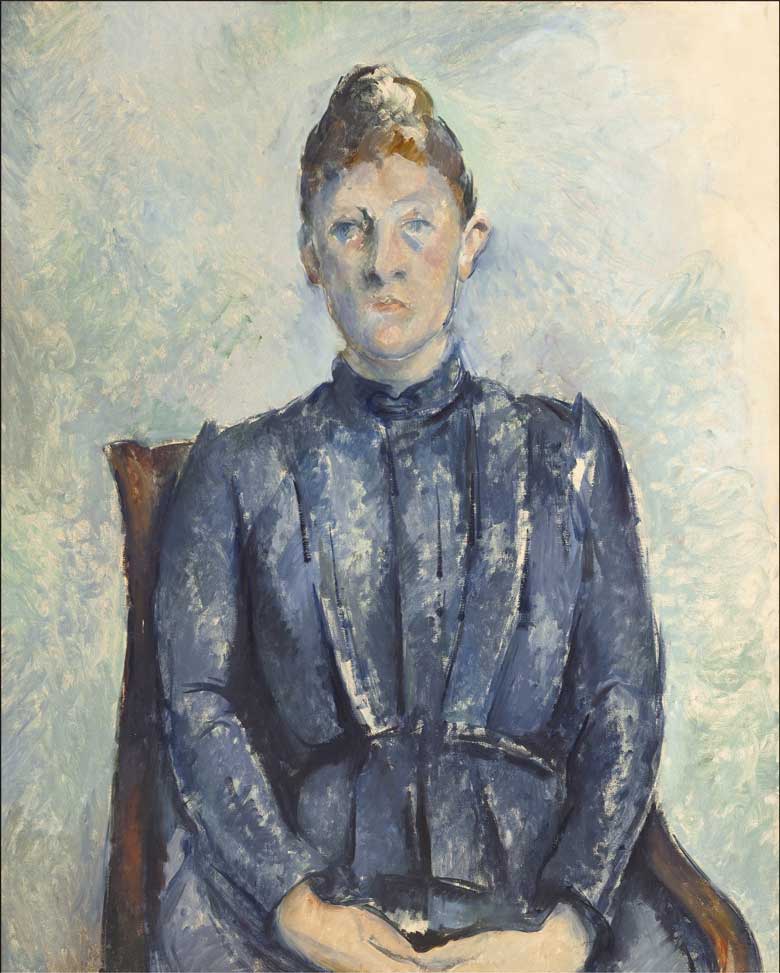
Renoir‘s example was vital for movements such as Fauvism and Post-Impressionism. His vivid paintings created a bridge with colourists from Raphael, Rubens, Watteau, Delacroix… to the giants of the 20th century: Matisse and Picasso.
Clash of two Titans could be the title of this exhibition that explores the personal worlds, so distant, of these two key artists of Impressionism.
On the 150th anniversary of the founding of this artistic movement, 52 masterpieces by the two Frenchmen have traveled from Paris to the Palazzo Reale in Milan, along with two paintings by Picasso, whom they inspired.
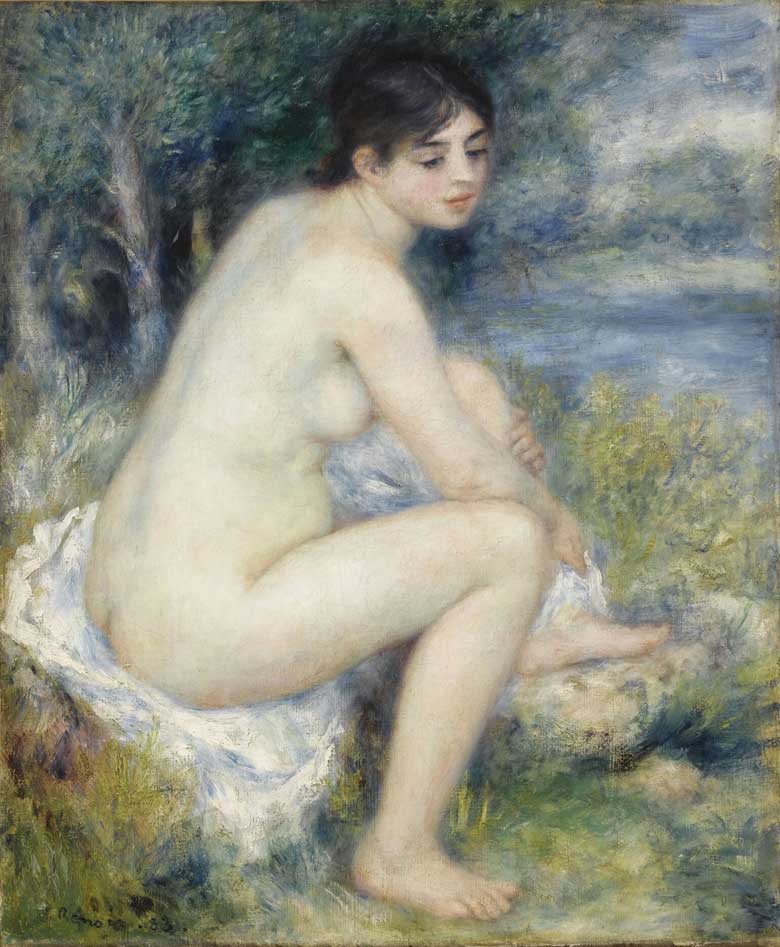
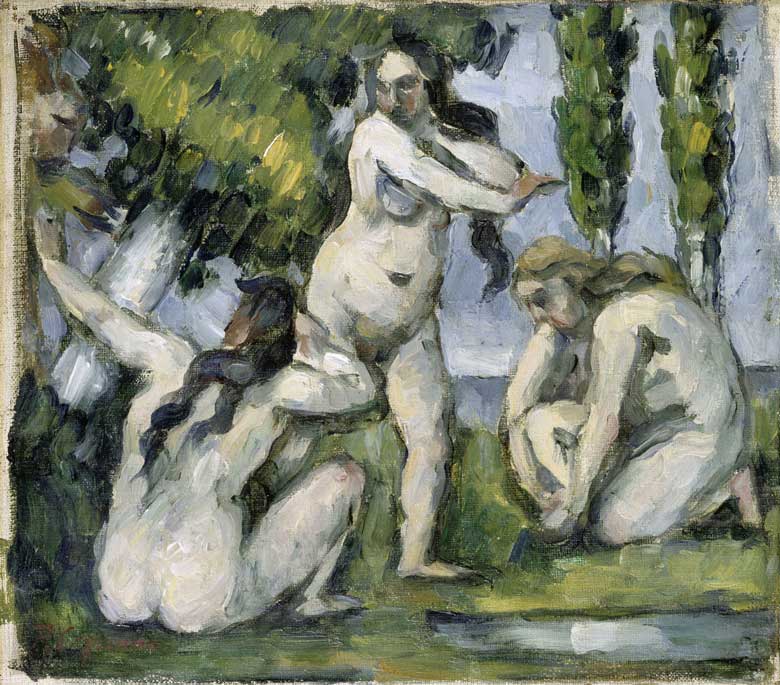
Impressionism was born when a group of painters with bold brushstrokes were rejected by the Paris Salon. Among others, Monet, Cezanne and Renoir broke away from the official, government-backed center and set up their own exhibition: the Salon des Indépendants.
The young rebels who explored the effects of light and color, shocked with their quick strokes and strokes.
The paintings range from 1870 to the early 20th century. Renoir and Cezanne were part of the impressionist adventure, before abandoning it to follow their own paths.
Cezanne favoured extremely strong geometric structures, while Renoir maintained his vibrant and sensitive touch.
The lonely Paul struck up a friendship with the jovial Pierre. As the years passed, they continued their friendship despite their opposite personalities. Renoir visited Cezanne‘s house in the south of France several times between 1880 and 1890.
They address similar themes: landscapes, nudes and still lives. But their artistic approaches vary, from Paul’s bold brush strokes focused on forms to Pierre’s more sensual touch that seeks to capture dappled light.
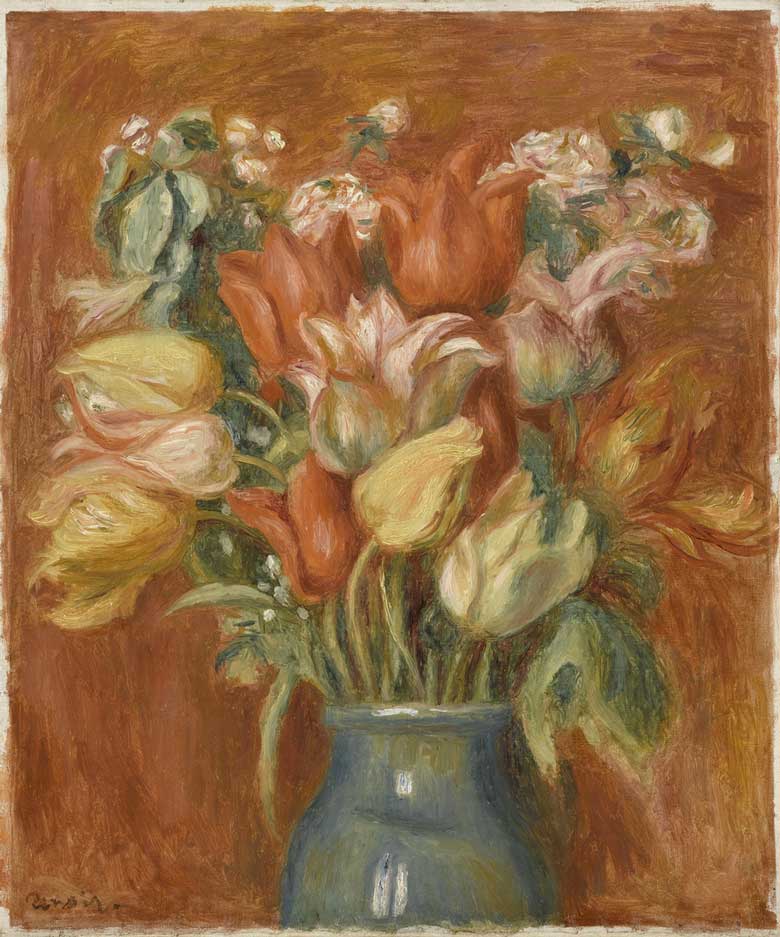
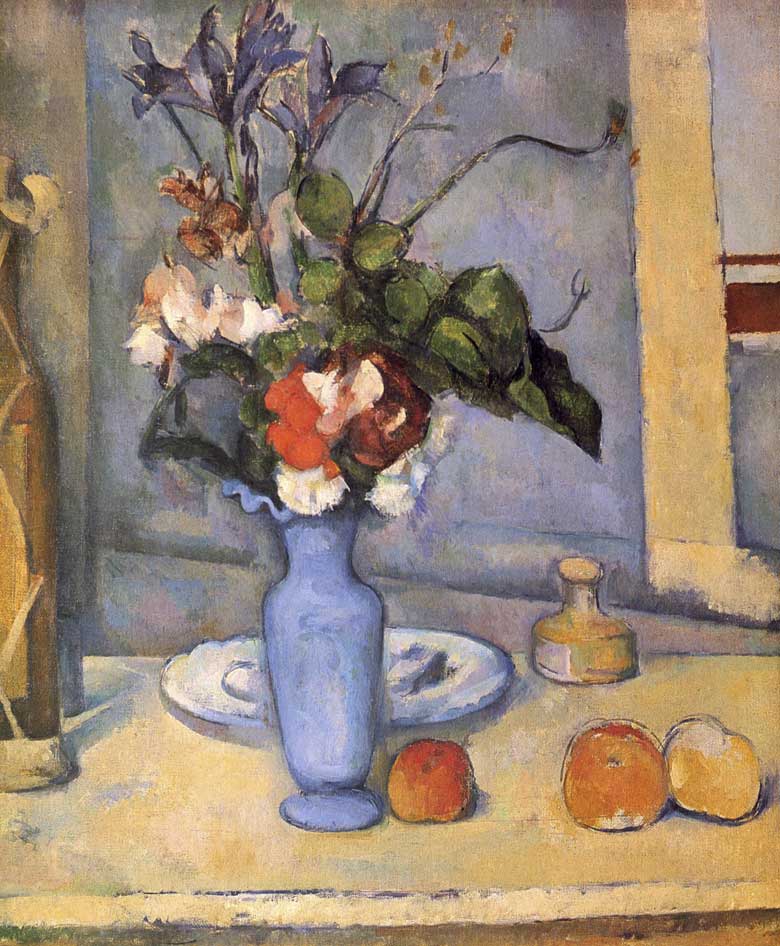
It is interesting to note the striking differences in their still lives: Cezanne‘s “Straw Vase, Sugar Bowl and Apples” and Renoir‘s “Peaches.”
Cezanne gives us the essential structure of objects and thus gives us his vision of the world. On the contrary, Renoir captures the immediacy of the moment, he gives us the sensation of the tablecloth, its folds, the softness of the fruit and the reflection of light on the china.
Renoir’s career was a roller coaster of successes and rejections, of connection and distancing with the Impressionist group. But to this day, his art continues to raise the question that he himself expressed:
Why shouldn’t art be pretty? There are enough unpleasant things in this world.
His painterly experiments created a thoroughly modern visual language and marked the artistic territory where the movement grew to influence over the following decades.
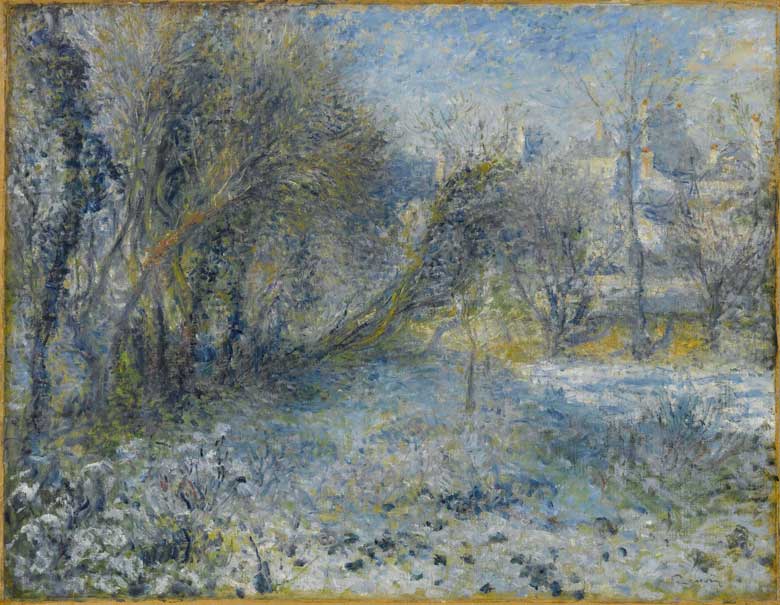
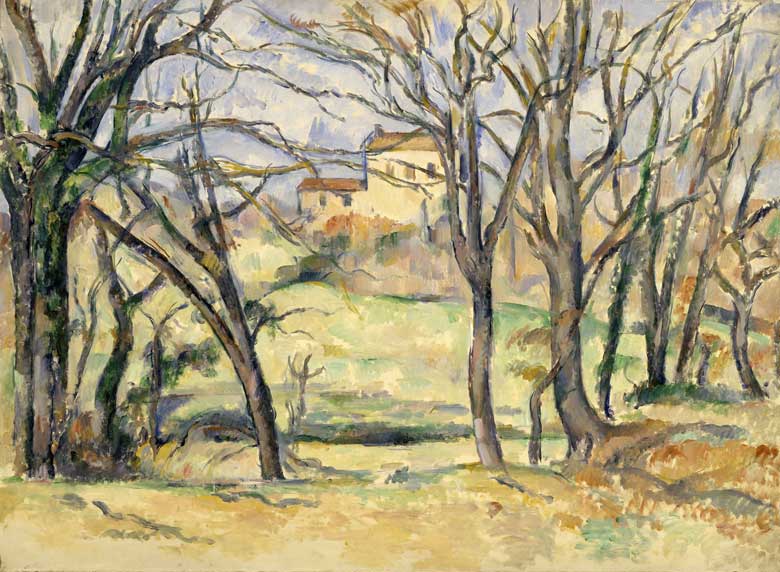
We could argue that Renoir and his colleague Monet are to Impressionism what Pablo Picasso and Georges Braque are to Cubism.
Renoir was the first among his colleagues to recognise the dead end that Impressionism presented. Although Paul Cezanne is often credited with trying to make Impressionism something solid and lasting like the art of museums, Renoir first uncovered the movement’s crisis.
His combination of modernity and tradition had a great influence on the next generation of artists, such as Pierre Bonnard, Pablo Picasso, Henri Matisse and Maurice Denis, who collected his work.
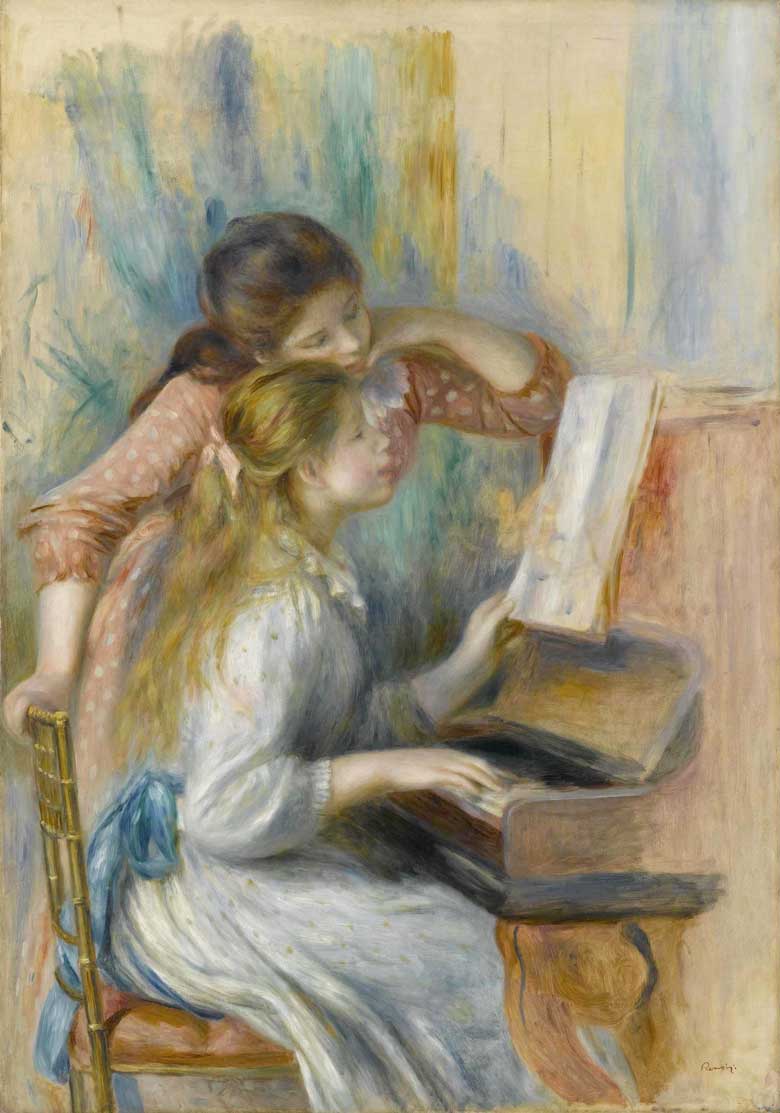
Renoir has a vibrant and luminous palette that makes him a very special impressionist. His most representative works are The Swing, Moulin de la Galette, Dèjeuner des canotiers and The Bathers. Without a doubt they transmit a pure “Joie de vivre”, the joy of living.
In the exhibition, Renoir‘s workshops in Cagnes- sur-Mer (southern France) and Cezanne‘s in his house in Aix-en-Provence have been recreated.
Both artists, Renoir sensual and joyful with Cezanne structured and austere, were, along with Monet, the founding fathers of French Impressionism.
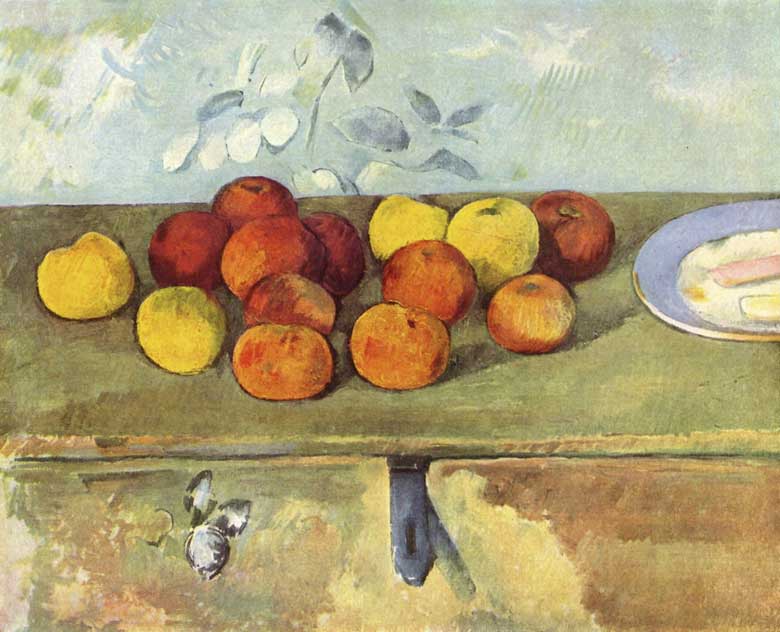
“Cezanne – Renoir, Capolavori dal Musée de l’Orangerie e dal Musée d’Orsay”
- Palazzo Reale, Milan
- 9 march – 30 june, 2024
